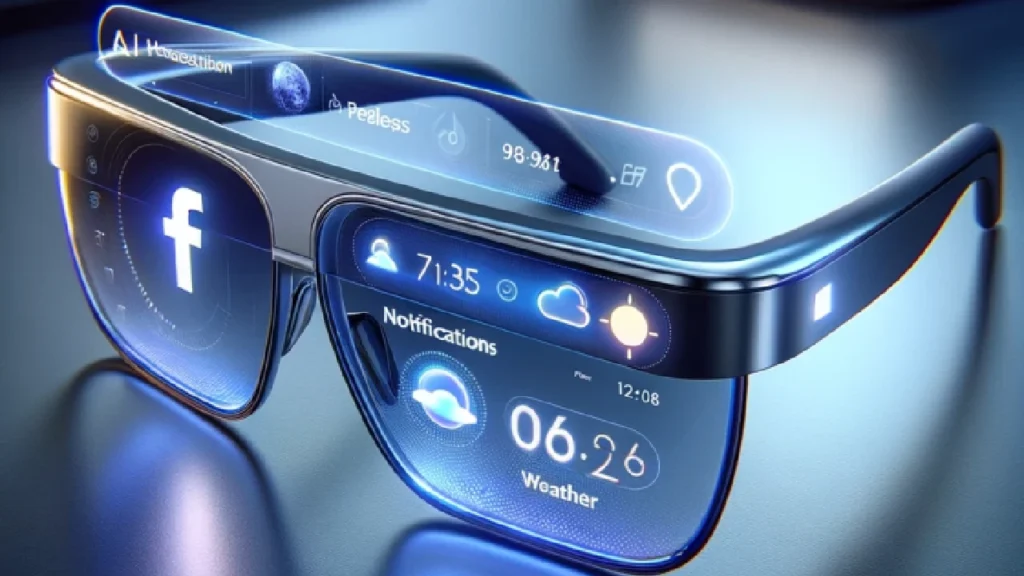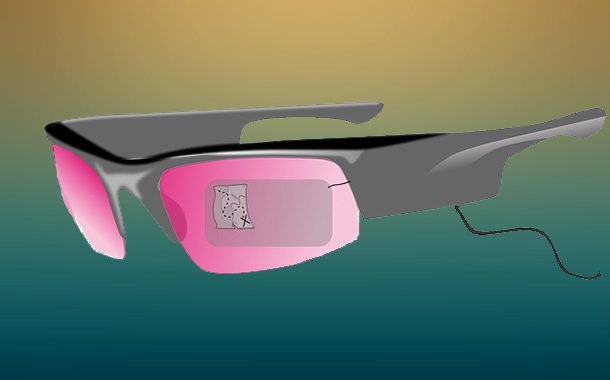Table of Contents
Highlights
- Affordable AR glasses are mainly used for streaming, big virtual screens, and casual media.
- They help with productivity, navigation, hands-free tasks, and learning on the go
- Fitness tracking, shopping previews, and accessibility support are also growing uses
AR glasses are no longer just a futuristic dream; they have become increasingly accessible tools for people that blend the digital and real worlds and help us stream shows, take voice-activated photos, display notifications, or overlay navigation right in the field of view of the user. Yet many of the early models have felt out of reach for everyday users: heavy, expensive, or limited in usefulness.
In September 2025, a growing sweet spot for AR emerged, balancing features, wearability, and price. Alongside affordable AR glasses, there’s rising buzz around Android XR glasses release date rumors, Meta Quest 3 features, and even the anticipated Google AR glasses release date.
Upcoming AR & XR Glasses in 2025
- Android XR Glasses Release Date: Tech analysts expect Android-powered XR glasses to debut between late 2025 and early 2026, with prototypes already in developer testing.
- Vuzix AR Glasses: Vuzix continues to push enterprise-first AR, but in 2025, they’re leaning toward lighter, consumer-friendly models. Their latest launch balances affordability with hands-free productivity.
- Meta Quest 3: While it’s primarily a VR headset, Meta Quest 3 has crossover AR features, and many users pair it with smart glasses for mixed reality experiences.
- Google AR Glasses Release Date: Google’s long-awaited AR glasses are projected to be released around 2026. Still, leaks and demos throughout 2025 have fueled anticipation, signaling a significant step into affordable AR for the mainstream.
What makes “Good” Affordable AR Glasses
Before buying, it should be known by the user what cheap and good-quality AR glasses actually mean in context, and which features the user should look for.

- Display Quality and Field of view (FOV): Users need to look at how bright the image is and how sharp it is, along with how much vision it covers. For example, a tiny display will be cheaper, but it will also be a very unsatisfactory experience when the user is outside.
- Comfort and weight: Glasses should feel like an eyepiece that the user can wear for eight hours without sore ears or a burning nose. Aspects like materials, hinge design, and adjustability all matter when looking for a good pair of glasses.
- Battery Life: AR features like the displays, sensors, and voice recognition all use power very quickly. AR glasses that last a full day will be very rare, and users should expect most glasses to last for a few hours with some standby time.
- Connectivity and ecosystem: Users should also look out for whether the glasses need a phone or PC, and most importantly, if the apps they want to use are supported by the glasses. In addition, it should also have local service/support for countries other than the US.
- Cost versus feature trade-offs: Affordable in this sense usually means making compromises: lower resolution, fewer sensors, simpler materials, or restricted functionality. But if the user picks wisely, they can get excellent value out of the glasses.
Global trends in Affordable AR in 2025
Some recent launches show the trend towards more capable, lower-cost smart/AR glasses:

- Meta’s Ray-Ban/ Ray-Ban Meta Smart Glasses in India are now available starting from around Rs 29,000. These will include Meta AI integration, 12 MP cameras, open-ear speakers, and different style frames.
- There is buzz around Meta’s Hypernova model, which features a display in one lens and wristband-based controls, priced around $800 USD, lower than the earlier projections.
- Among the independent reviewers, models like the RayNeo Air 3S are considered some of the best “cheap AR smart glasses” with specs like Full HD per eye, good brightness, and a decent refresh rate.
These show that the baseline for ‘affordable but useful’ is shifting upward: more features are expected even at lower price points.
Six Affordable AR/Smart Glasses Worth Considering
Listed below are the six choices that strike a balance: these are not premium flagships, but more than basic wearables. Prices are indicative, and many will vary based on discounts, shipping, taxes, or region.

- XREAL Air AR/VR Smart Glasses: This is a strong all-rounder. It has great image quality, decent brightness, and solid audio. Those who want to stream movies or mirror their phone will find these satisfying. The downside is, however, that they are not fully standalone, so users will have to depend on their phone or PC. In addition, the daylight visibility is also not clear.
- XREAL Nreal Air AR Smart Glasses: Lightweight and with a good design, these glasses are more comfortable for reading, watching, or casual use. These have lower specifications than their flagship, but it is great for users who want to use AR without the feeling of wearing a bulky gadget.
- TCL NXTWEAR S Micro-OLED Display Glasses: These glasses lean towards delivering a more cinematic feel, with micro-OLED panels, sharp visuals, and good color. If media consumption is a priority for the users, this gadget will give more immersive visuals. The price is significantly higher, however, and the comfort will heavily depend on how well the camera fits the face of the user. Battery life and portability are also more limited on these glasses.
- Razer Anzu Smart Glasses: If the user wants more smart features and styling rather than a full AR overlay, this product is very appealing with its open-ear audio, blue light filtering, as well as the ability to take calls and voice assistant support. It is not heavy on display features, but it is great for day-to-day convenience rather than immersive AR.
- XREAL One USB-C AR Display Glasses: This product is excellent for productivity or desktop VR use, as it uses virtual big displays and also connects to laptops, etc. The portability is, of course, not perfect, however, and the USB-C tethering might be needed depending on what the person is doing. If they want a big virtual screen rather than fully going hands-free, this is the pick for those users.
- Viture Pro XR AR Glasses: This has higher-end specifications within the “affordable premium” band. If the user is willing to stretch their budget, this will give more power, better visuals, and more capabilities. But with that also comes more cost, more weight, as well as fewer deals and discounts.

Best Value Picks by use case
These are some of the picks by use case for users struggling to pick:
- For casual media or streaming on the go, the XREAL Air or Nreal Air will provide users with good visuals and value for money
- For productivity and big screen virtual monitors, the XREAL One will be the go-to pick.
- For style and voice convenience, the Razer Anzu or similar glasses will be the choice without their big displays.
- And finally, for immersive visuals and light gaming/immersive video, the TCL NXTWEAR S or the Viture Pro XR will be the pick, with a bit of budget increase.
In India, affordable AR or smart glasses with meaningful features (camera, voice assistant, OLED/micro-OLED display) are leaning toward Rs 25,000– Rs 60,000, depending on import costs, taxes, and whether they are in need of accessories like controllers or tethering.

Conclusion
AR glasses in September 2025 are entering a sweet spot: more capable hardware at more accessible prices. They’re not perfect. No single affordable model ticks every box. But for many users, you can now get enough quality that the experience feels really rewarding rather than frustrating.
With affordable AR glasses improving quickly and big names like Google, Vuzix, and Meta shaping the future, buyers have both current options and exciting release dates to watch for. As always, when buying, users should decide what they care about most (display, portability, battery, style), set a realistic budget, and buy what solves their usage, not just what looks flashy in specs. If you pick with awareness, even mid-priced AR glasses can feel like a small daily magic.